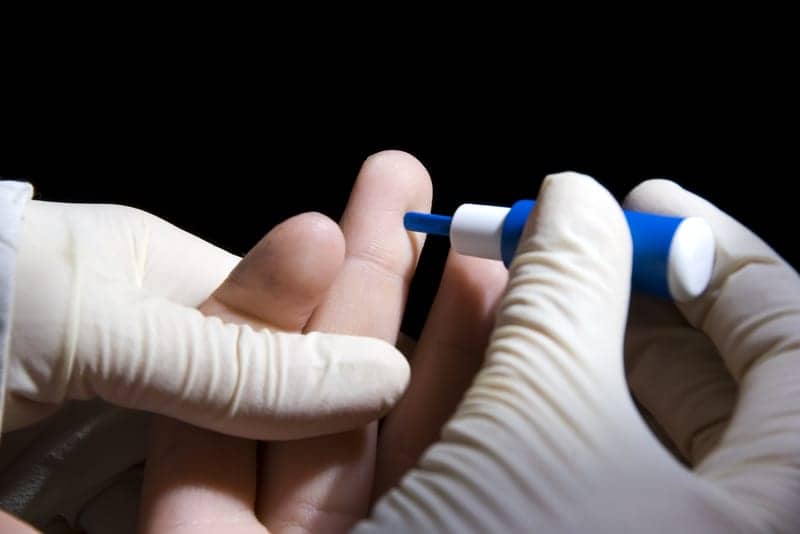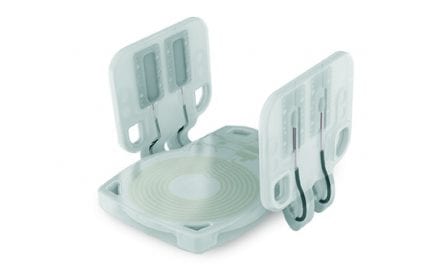
If it were someday made available to primary care physicians, the test could knock up to five years off of the wait for a diagnosis, researchers predict.
In a pilot study, the scientists used a high-powered and specialized microscope to detect the presence of small molecules in blood-spot samples from patients known to have fibromyalgia.
By “training” the equipment to recognize that molecular pattern, the researchers then showed that the microscope could tell the difference between fibromyalgia and two types of arthritis that share some of the same symptoms.
Though more analysis is needed to identify exactly which molecules are related to development of the disorder itself, the researchers say their pilot data are promising.
“We’ve got really good evidence of a test that could be an important aid in the diagnosis of fibromyalgia patients,” said Tony Buffington, professor of veterinary clinical sciences at Ohio State University and senior author of the study. “We would like this to lead to an objective test for primary care doctors to use, which could produce a diagnosis as much as five years before it usually occurs.”
The study is published in the August 21, 2013, issue of the journal Analyst.
The technology used in this work is infrared microspectroscopy, which identifies the biochemical content of a blood sample based on where peaks of molecules appear in the infrared spectrum. The technology offers hints at the molecules present in the samples based on how molecular bonds vibrate when they are struck by light.
The spectroscopy works on dried blood, so just a few drops from a finger stick produce enough blood to run this test.
Researchers first obtained blood samples from patients diagnosed with fibromyalgia (14), rheumatoid arthritis (15), and osteoarthritis (12). These other conditions were chosen for comparison because they produce similar symptoms as fibromyalgia, but are easier to diagnose.
The scientists analyzed each sample with the infrared microspectroscopy to identify the molecular patterns associated with each disease. This functioned as a “training” phase of the study.
When the researchers then entered blinded blood samples into the same machinery, each condition was accurately identified based on its molecular patterns.
“It separated them completely, with no misclassifications,” Buffington said. “That’s very important. It never mistook a patient with fibromyalgia for a patient with arthritis. Clearly we need more numbers, but this showed the technique is quite effective.”
The researchers also analyzed some of the potential chemicals that could someday function as biomarkers in the fibromyalgia blood samples, but further studies are needed to identify the molecules responsible for the spectral patterns, he said.
Though an infrared microscope can be expensive, Buffington said the testing could be affordable if a central lab existed to run the samples. That the method can use dried blood samples makes this concept feasible because dried blood can be legally sent via US mail, he noted.





